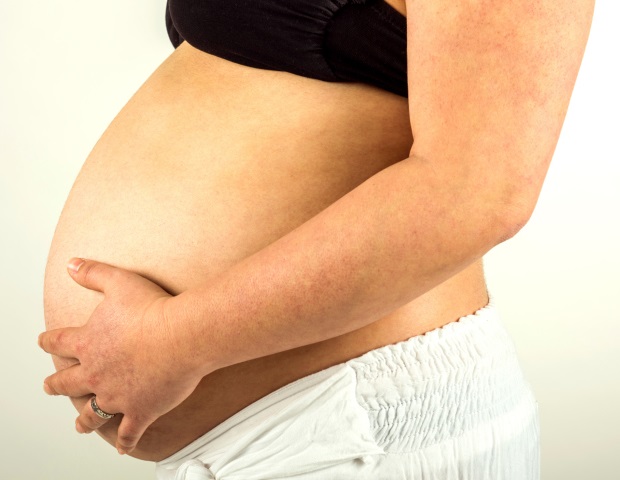People with larger bodies commonly face a pervasive, resilient form of social stigma, often facing discrimination in the workplace as well as in educational and healthcare settings.
Weight stigma is particularly prevalent across the various stages of pregnancy – from preconception, pregnancy, to the postpartum (PPP) periods – because of societal norms and expectations about weight and weight gain during the reproductive period. This form of sizeism is dangerous, because this discrimination of pregnant women and new mums can lead to negative physical and psychological health outcomes for mother and potentially their child.
Now Monash University researchers have developed a model called SWIPE (Stigma of Weight In the PPP Experience) that provides a blueprint for eliminating weight stigma for PPP women.
The study, led by Dr Briony Hill and PhD Candidate Ms Haimanot Hailu, from Monash’s School of Public Health and Preventive Medicine, was published in the journal, Health Psychology Review.
“Preconception, pregnant and postpartum women experience weight stigma in almost all social domains including fertility treatment, antenatal and postpartum healthcare, employment, education, media, the general public, from other mothers (i.e., their peers), and in romantic relationships,” said Dr Hill.
“And the consequences are significant with weight stigma towards women of reproductive age associated with psychological stress, avoidance of healthcare, reduced motivation to engage in healthy behaviors, and disordered eating contributes to further obesity.”
While there are existing interventions aimed at preventing weight stigma towards the general public, there are none specifically designed for PPP women, according to the authors.
After undertaking a major review, the team led by Dr Hill developed SWIPE. The program is aimed at addressing the areas where stigma forms and is manifested, including societal norms like expecting women to meet societal thinness ideals before being ‘worthy’ of becoming pregnant, pressuring women to bounce back to pre-pregnancy body weight, and environments and policies that reinforce stigmatizing behaviors.
Some of the main offenders of weight stigma, according to the paper, are the factors that reinforce stigmatizing attitudes and behaviors such as believing that body size is entirely under individual control.
Preconception, pregnant and postpartum women often experience this in the form of receiving unwelcome stares from the public or social exclusion. It is also evident in the media by either lack of or inappropriate portrayal of PPP women living in larger bodies.”
Dr Briony Hill, Monash’s School of Public Health and Preventive Medicine
Other influencers of weight stigma in PPP women including demographic characteristics such as race and socioeconomic status, body mass index (BMI) or adiposity, and weight self-perception may influence the degree to which PPP women experience weight stigma.
According to Ms Hailu, SWIPE can be used by researchers and program developers as a model to identify ways to stop stigmatizing larger bodied PPP women across any societal domain. “SWIP informs the ‘who, what and how’ that can be targeted to eliminate weight stigma for PPP women,” she said.
“Eliminating weight stigma against PPP women both directly and indirectly improve psychological wellbeing, ensure equitable access to care, and encourage healthier behaviors – all of which contribute to improvement in the overall physical and mental health outcomes of PPP women and their children.”
Source:
Journal reference:
Hailu, H., et al. (2024). SWIPE: a conceptual, multi-perspective model for understanding and informing interventions for weight stigma in preconception, pregnancy, and postpartum. Health Psychology Review. doi.org/10.1080/17437199.2024.2333801.
Source link : News-Medica

